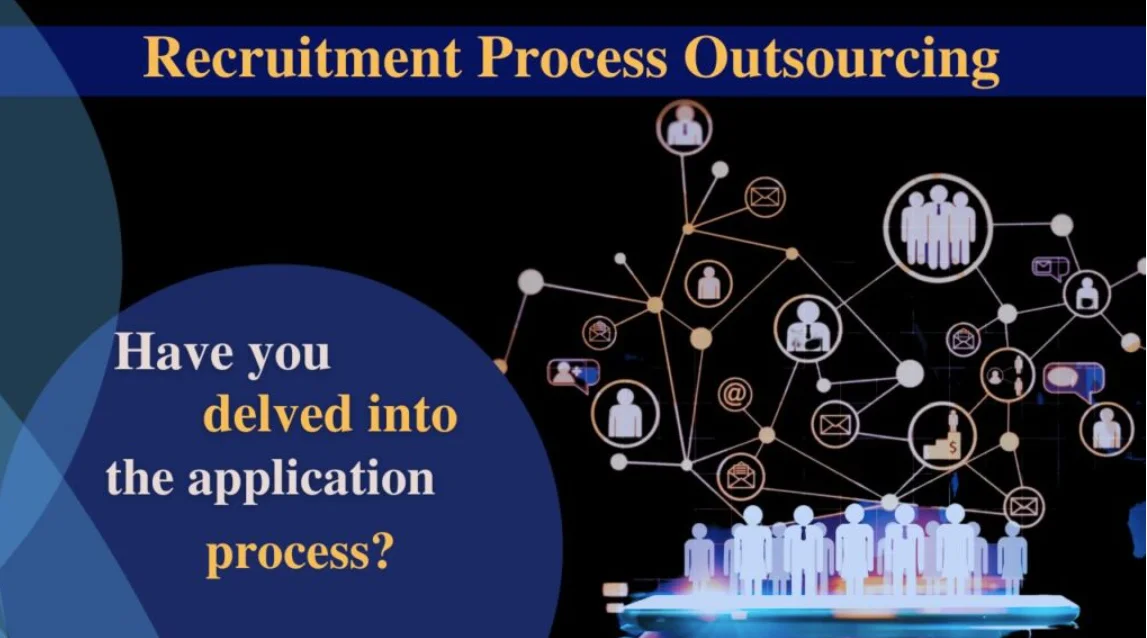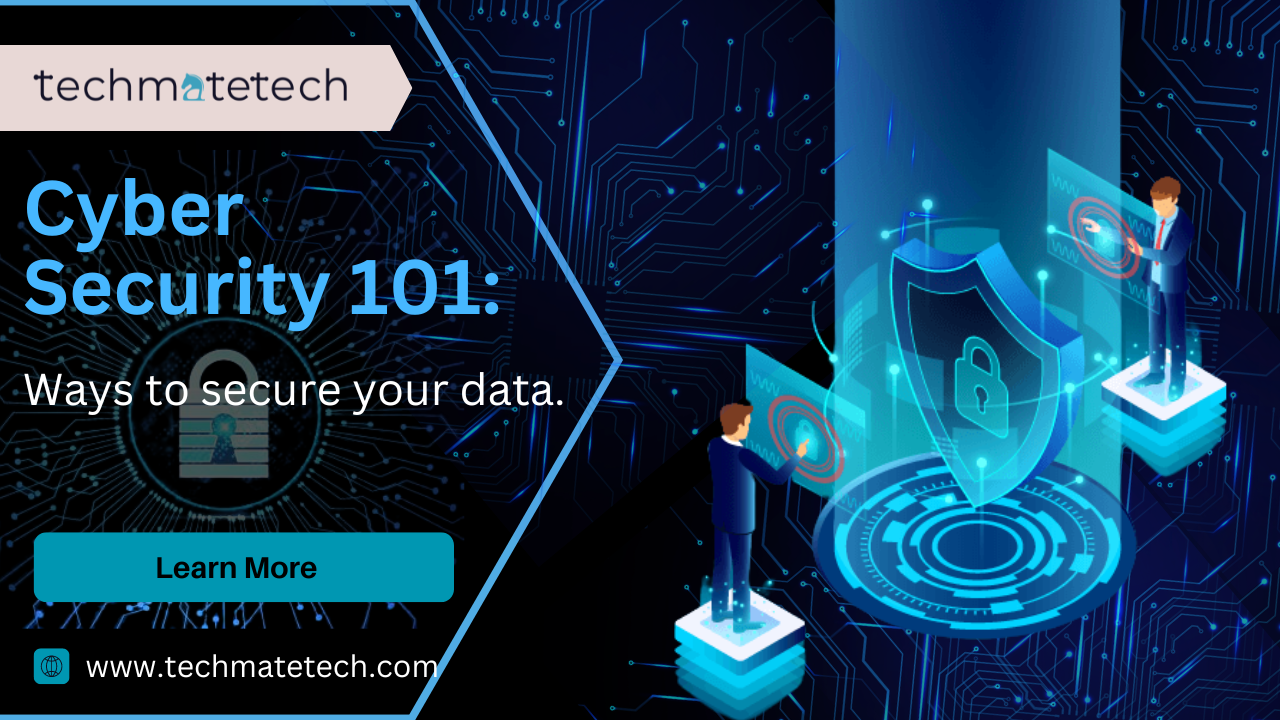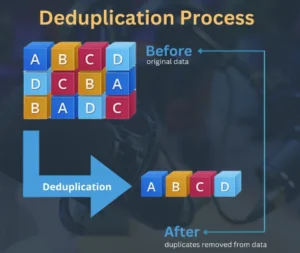ARE YOU LOOKING FOR A SOLUTION TO MAXIMIZE YOUR SCREENING PROCESS TO MAKE BETTER HIRING DECISIONS?

There are many methods that have been tailored to meet and satisfy new candidate traits and business needs. Many enterprises now have alternative options for video interviews, extra computerized verbal exchange, and more candidate-centric jobs description. All the above activities have improved the candidate experience. Nowadays, the hiring market has changed, and companies need to change, too.
Below are some questions to ask yourself about the recruitment process.
Have you aligned your role requirements with the real needs of the candidates and your organization? Have you delved into the hiring process?
There are many areas in your hiring process following outdated and unnecessary steps. These flaws create a hurdle in recruitment where candidates are more likely to flow out than they come in. Moreover, in today’s market, there is no other way to get those candidates back.
HERE ARE SOME QUESTIONS TO ASK YOURSELF WHEN YOU ARE RETHINKING YOUR HIRING REQUIREMENTS:
- Are the requirements suitable for coverage?
It is worth analyzing whether the requirements and rewards are in line with the market. For example, if your competitor offers a candidate with the same requirements as you and he makes 20% more, it may be worth lowering your requirements to attract candidates and make them more competitive.
- Are your job requirements ruling out too many talents?
It is important to check whether candidates are self-selecting based on the requirements of the application process. In certain areas where unemployment is particularly low or the market is highly competitive, we must do everything we can to open positions to as many candidates as possible. Once you have revised your job description to better appeal to today’s candidates, it’s time to market the offer. A candidate’s inexperience at this stage can undermine all the efforts you have made to grab their attention and move them to action-remove it, it’s a negative aspect after all the effort, no sense.
- Is the application process too long?
The applicant believes that the online application should consist of no more than five steps. Applicants are currently applying for multiple positions at the same time. Remember, you only need to collect the necessary information to start screening.
- Is the application process too complicated?
With that in mind, you should make it easy for candidates to apply. This includes submissions from mobile devices. A study found that advertising your application as mobile-friendly increased the number of applicants by 11.6%.
- How does our submission process compare to our competitors?
Understanding the built of application experience is critical. Candidates do not just apply for your position. If the application process is taking twice as long as the last time you entered it, you are more likely to drop out and move on to the next process.
WRAPPING UP:
It is clear that there is still a long way to go to improve your recruitment process. The managers and HR professionals need to be more transparent and objective with their strategies and hiring approaches. We need to involve as much data (both qualitative and quantitative) as possible in our hiring process to analyze the job description. Following these procedures, we can end up with a more efficient and effective hiring process.
If your company or HR department needs a recruitment outsourcing service, feel free to contact us.
For more information, you can visit our social media accounts: Facebook, Instagram, Linkedin, Twitter


